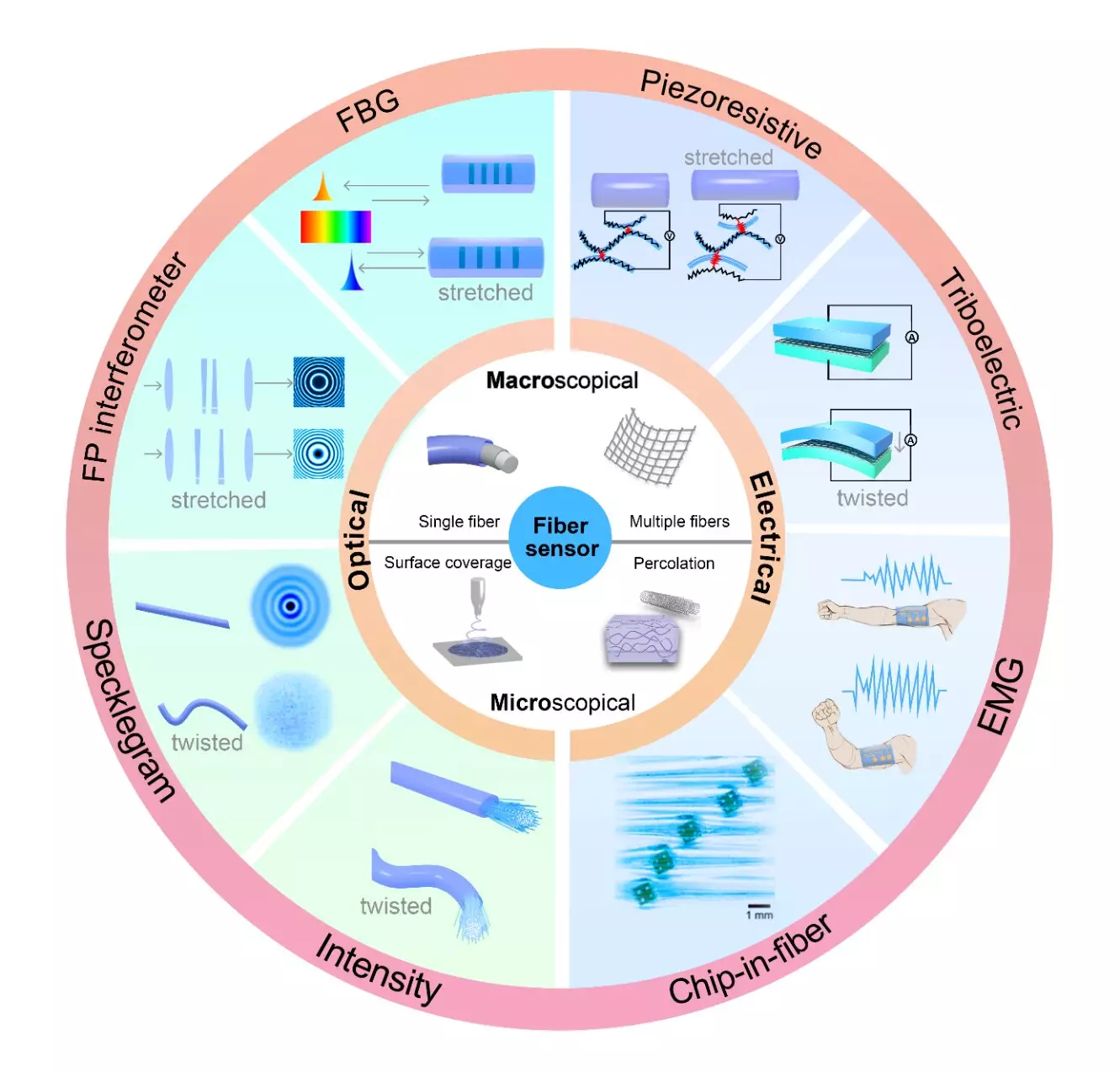In the realm of technology, wearable devices have emerged as transformative tools that significantly enhance personal, health, and fitness tracking. Over the last decade, the integration of artificial intelligence (AI) has exponentially increased the capabilities of these devices, particularly in processing vast amounts of complex data. This revolution is largely propelled by machine learning technologies, which, through their deep learning subfields, can unlock insights from hidden data patterns that were previously unattainable through traditional methods.
Machine learning serves a pivotal role by automating the feature extraction processes previously reliant on human intervention. This has drastically reduced costs and time associated with data management, a crucial requirement in today’s environment characterized by an overload of information. By leveraging machine learning, wearable devices can analyze real-time data collected from various sensors, thus enabling more sophisticated interpretations of user behavior and health metrics.
Research highlighted in the journal *Advanced Devices & Instrumentation* details a comprehensive review of machine learning algorithms utilized in conjunction with fiber sensors. These algorithms are classified into two main categories: traditional and deep learning algorithms. Traditional machine learning approaches include linear regression, support vector machines, and K-nearest neighbors, while more complex models like generative adversarial networks and reinforcement learning merely scratch the surface of AI’s potential in this sector.
An intriguing aspect of this field is the classification of fiber sensors based on their operational principles and sizes. Broadly categorized into optical and electrical types, these sensors offer an innovative alternative to conventional electronics. Optical sensors such as Fiber Bragg Grating (FBG) and Fabry-Pérot interferometers utilize light-based measurement methods, while electrical sensors incorporate piezoresistive and triboelectric mechanisms to gauge various physical stimuli.
Despite the promising capabilities of fiber sensors in daily wearables, significant challenges remain. Currently, many existing sensors are limited to capturing singular types of data, predominantly focusing on mechanical forces or gestures. This narrow data scope ignores potentially valuable inputs like temperature, humidity, and color spectrum that could provide deeper insights into the user’s environment and well-being.
Furthermore, while the pace of advancement in machine learning is rapid, the application of cutting-edge algorithms in wearable technology remains limited. Techniques such as self-supervised learning and attention mechanisms, which have shown success in other fields of AI, are yet to be fully explored in the context of fiber sensors. Addressing these gaps could catalyze the development of more intelligent, efficient, and user-friendly wearable technologies.
As the exploration of these innovative methods continues, it is anticipated that wearable devices incorporating fiber sensors and AI will become more seamlessly integrated into the fabric of daily life. This evolution holds the promise of smarter clothing that not only enhances fitness and health tracking but also contributes to a more nuanced understanding of human interaction with technology. While there is significant progress on the horizon, the intersection of fiber sensors and AI warrants ongoing research and development to fully realize its potential.


Leave a Reply